What is that one thing that drives online food apps, online groceries, or basically all marketplaces selling physical products? Yes, we’re talking about DELIVERY. Efficient delivery is one of the crucial factors behind the success of any online marketplace. As customer demands are changing, online marketplaces are working even harder to amp up their delivery game. However, managing a marketplace’s delivery is not a cakewalk, especially when vendors ship their products from their end.
Why stress on Delivery?
When it comes to online shopping, people fall for 2 basic factors over anything – better value and on-time delivery. In fact, 2 out 3 customers prefer shopping from retailers providing better delivery options than the ones that have better value or variety. 73% of online shoppers feel that delivery is most important in the overall shopping experience.
Customer retention is the biggest reason why online retailers stress so much on timely delivery. According to a research published on Convey, 98.1% of customers have admitted that delivery impacts brand loyalty. As found in a study by Oracle Retail, 13% of consumers would never buy from a retailer again if he/she has experienced late delivery.
 E-commerce giant Amazon’s delivery has always been one of the best in the market. From Free Delivery for Prime members to One-day Guaranteed delivery, Amazon has made sure that its customers look forward to none other than them for the ultimate shopping experience. In order to stay at par with such competition and to cater to the customers’ growing needs, about 65% of online retailers are looking forward to ensuring “same-day” delivery.
E-commerce giant Amazon’s delivery has always been one of the best in the market. From Free Delivery for Prime members to One-day Guaranteed delivery, Amazon has made sure that its customers look forward to none other than them for the ultimate shopping experience. In order to stay at par with such competition and to cater to the customers’ growing needs, about 65% of online retailers are looking forward to ensuring “same-day” delivery.
Delivery Dilemmas: The challenges faced by marketplaces
As a marketplace owner, you have to do a hundred different tasks to make your marketplace run competently. Managing the delivery system of your marketplace is one of those tasks that requires topmost priority. While last mile deliveries have become even more crucial than ever for a good shopping experience, certain shipping challenges need to be handled even more carefully now. Let’s understand these problems in detail and find out ways to solve them.
Logistics management and it’s cost
Logistics is perhaps that stage of a marketplace business where the whole digital experience boils down to an offline workout. But that is exactly where the game begins. One of the most commonly considered options is taking the help of a third party logistics agency to fulfill the delivery assignments. Logistics giants like FedEx boasts wide area coverage while UPS and USPS are quite popular for their shipping fulfillment in the U.S. However, relying on a logistics partner incurs a recurrent cost that often mounts up to a hefty amount. Shipping charges for delivering single or small products become even higher in some cases. It becomes difficult particularly for startups or SMEs to carry on with such high costs, especially when competing with other marketplaces offering “free deliveries”. Often, in such cases, marketplaces are compelled to gulp in the shipping charges themselves in order to provide free deliveries.
In another scenario, a marketplace can also consider operating their delivery system all by themselves. However, managing an in-house delivery system can easily become a headache when you don’t have enough and efficient resources. Investing in a warehouse where you can maintain your inventory, bringing in equipment and utilities, maintaining a robust IT, utilizing a software solution for efficient management of a delivery team, etc. – is equally time and cost consuming!
Solution: If tying up with a third party logistics solution is not your thing, you can let the vendors carry out the entire shipping process from their side. The vendor can dispatch the items as soon as they receive the order. Therefore, there are minimum delays in pickup and almost no unnecessary paper works as the last mile delivery is often done by the vendor’s delivery team. In this way, the marketplace owner not only gets rid of the shipping hassles but also saves the additional costs of a third party logistics partner or a warehouse.
And if you’re bothered about how to keep a control on the delivery peripherals even when the vendor is handling the deliveries, well, WCFM has a great solution in hand! WCFM Delivery addon is the perfect delivery extension that helps you manage the delivery system of your marketplace seamlessly. The admin has access and control over the order details, dispatch details and even delivery agents. In this way, the admin has a bird’s eye view of the entire delivery process even when the vendors take up the task.
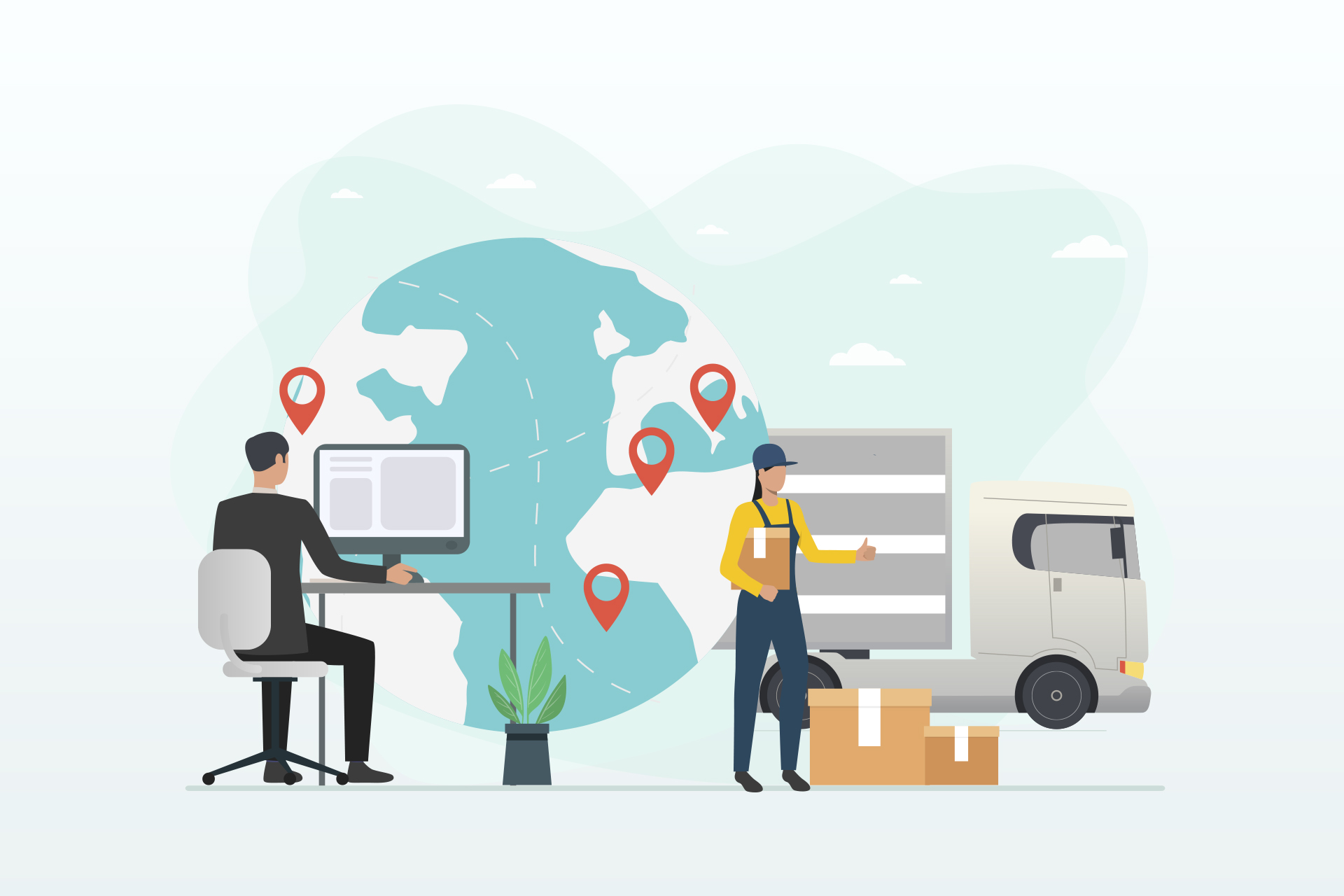 Alternatively, if you have the resources to carry out your marketplace’s delivery assignments by yourself, you can consider having your own warehouse and maintain a team of delivery agents. A common practice followed by most of the marketplaces is setting up different hub centres in different areas/regions and shipping the orders in bulk. Shipping several small items individually could be expensive and, therefore, bulk shipping reduces the shipping cost significantly. Once the items reach the hub centres, the individual items are further picked up and dispatched to the nearest locations according to the orders. WCFM Delivery also allows the admin to have his own set of delivery agents and lets the admin operate the delivery team by his own. Admin can add delivery agents and assign them with the delivery tasks.
Alternatively, if you have the resources to carry out your marketplace’s delivery assignments by yourself, you can consider having your own warehouse and maintain a team of delivery agents. A common practice followed by most of the marketplaces is setting up different hub centres in different areas/regions and shipping the orders in bulk. Shipping several small items individually could be expensive and, therefore, bulk shipping reduces the shipping cost significantly. Once the items reach the hub centres, the individual items are further picked up and dispatched to the nearest locations according to the orders. WCFM Delivery also allows the admin to have his own set of delivery agents and lets the admin operate the delivery team by his own. Admin can add delivery agents and assign them with the delivery tasks.
One of the most interesting features of WCFM Delivery is that it allows local pickup by the customer for local orders. Customers can pick up their ordered item from the vendor’s/admin’s store, if located in the same city. This completely erases the shipping cost and becomes quite convenient for both the customer and the vendor/admin. The pick up time slot can also be defined by the admin/vendor.
Know more what WCFM Delivery can do!
Transparency
Customers expect complete transparency in every step of their online shopping experience. According to a survey, 9 out of 10 consumers would stop buying from the brand if it lacks transparency. The same survey also discovered that 89% of people would stick to the brand even through times of crisis if their history is transparent. Often customers are kept in darkness regarding the free delivery criteria or the minimum cart value to be eligible for free shipping.This is one of the topmost reasons for customers abandoning cart. Therefore, being open and avoiding hidden costs/conditions will increase customer retention.
Transparency holds true even for deliveries. Customers want to know the status of their order, how they are being shipped, when the shipment will reach their doorstep, etc. In other words, they are most likely to track their orders from the very next moment they’ve completed the purchase. 56% of online shoppers constantly track the deliveries, with Americans being the most active trackers. Naturally, a lack in shipment transparency would avoid consumers from further buying from the particular marketplace.
But transparency within the business is also crucial, especially for vendor-fulfilled deliveries. Are the orders being delivered on time? Are the deliveries fulfilled properly with complete customer satisfaction? These questions would obviously haunt you if you depend on your vendors for deliveries of the orders. Marketplace owners have very little role to play in vendor-fulfilled deliveries but are solely held responsible for any faulty deliveries. According to a study released by the Acquity Group, 52% of customers hold the marketplace responsible for delays in deliveries.
Solution: As we mentioned, being transparent regarding the entire shopping process is definitely required for the goodwill of the marketplace as well as for customer retention. Minimum cart value for free shipping or any other condition regarding delivery charges should be aforementioned clearly before the checkout process. Not only does it avoid the probability of abandoned carts but also increases sales. WCFM provides the vendor/admin with an option for displaying minimum cart value for free shipping criteria.
![]() A robust tracking system is extremely important. Since customers have the right to know the status of their order, it becomes the duty of the marketplace to provide timely updates of the order. From the moment the online purchase is completed, the customer must receive shipping updates as to when the ordered item is dispatched, how long it will take for the parcel to reach the customer, when the parcel is out for delivery, etc. WCFM Delivery allows the customer to receive instant notification regarding the whereabouts of the shipment. Right from the dispatch of the item through the entire delivery process, the vendor can share updates of each process of the shipping manually (if requested by the customer). WCFM Marketplace also has the option of providing Tracking Code and Tracking URL in case the vendor uses any third party courier service. Through the tracking code/URL, customers can easily track the parcel dispatched by the vendor through the courier service’s website.
A robust tracking system is extremely important. Since customers have the right to know the status of their order, it becomes the duty of the marketplace to provide timely updates of the order. From the moment the online purchase is completed, the customer must receive shipping updates as to when the ordered item is dispatched, how long it will take for the parcel to reach the customer, when the parcel is out for delivery, etc. WCFM Delivery allows the customer to receive instant notification regarding the whereabouts of the shipment. Right from the dispatch of the item through the entire delivery process, the vendor can share updates of each process of the shipping manually (if requested by the customer). WCFM Marketplace also has the option of providing Tracking Code and Tracking URL in case the vendor uses any third party courier service. Through the tracking code/URL, customers can easily track the parcel dispatched by the vendor through the courier service’s website.
But it’s not just the customers who should be tracking their packages. As a marketplace owner, it is also extremely important for you to track the order status when you rely on your vendors to carry out the deliveries from their end. WCFM Delivery provides constant updates of all the delivery actions that are happening for a particular order through timely notifications under the dashboard as well as through emails. This helps the admin/owner of the marketplace to avoid falling into a false position for faulty deliveries or undelivered orders.
Delayed Deliveries
From robots to drones, online retailers are pushing their limits and incorporating the best technologies and techniques to shoot up their delivery game a notch higher. In the world of “one-day” deliveries, there’s no room for delayed deliveries. According to a study by Oracle Retail, 13% of consumers who experienced delayed deliveries would never buy from the same marketplace. But what causes such botched up deliveries? Apart from the common unavoidable reasons like traffic, vehicle breakdowns, bad weather conditions, sudden spike in shipment delivery volume, etc, there are certain management-level factors that affect the on-time deliveries of orders:
- Miscommunication – Since most of the work and management of the marketplace goes online, i.e., without any direct contact between the admin and the seller, certain miscommunication often creeps in. Orders are often not notified for dispatch, vendors often delay in dispatch due to delayed information of transaction, delivery agents are not assigned on-time, etc., are some of the effects of the communication gap between the admin, vendors and the delivery agents. Such mismanagement results in delayed deliveries.
- Unavailability of services – Every customer wants minimal wait time for deliveries. But there are certain days when the vendors might not provide delivery services. Problems arise when customers are not notified of the unavailability of the delivery service on those certain days but they order expecting faster deliveries. Such incidents happen especially for marketplaces selling products that are meant to be delivered the same day or the next day like flowers, grocery, medicines, etc.

- Incorrect delivery slots – Have you ever noticed the timer in Amazon which indicates the remaining time for ordering in order to qualify for same day/next-day delivery? Well, of times, customers are not notified of the available delivery slots and they unknowingly order in a wrong delivery slot. Food delivery sites often fall as prey to such delivery slot commotions.
- Mismanagement of assigning delivery agents – While your vendors are responsible for the shipping of the orders, it is crucial that they manage their delivery team properly. Mismanagement of allocating delivery personnel for a certain order can actually delay the shipment.
Solution: As a marketplace owner, you need to ensure that your (or your vendor’s) delivery unit is managed well. One delayed delivery can cost the goodwill of your marketplace. Proper communication should be established between the admin, the vendors and the delivery agents. An automated notification facility would be helpful to notify the admin and the vendor for any new order as well as for the delivery agent for any new allocation of delivery assignment. All available delivery slots and even unavailable delivery slots/days should be clearly notified to the customer even before he orders the product. Through WCFM Delivery, vendors can set up delivery hours for their store which gets displayed on the products page. Expected delivery time should also be mentioned to avoid providing false hopes. WCFM allows vendors to set a generic expected delivery time globally and later modify the estimated time at product level. Extra care should be taken while allocating delivery agents and avoid mixing up of delivery agents for a particular order or non-allocation of delivery agents of any order.
While WCFM Delivery can be quite helpful in managing the entire delivery process efficiently, the admin should have an overview of the entire management. An efficient internal management would definitely lower the cases of late deliveries, thereby, enhancing customer retention.
In a nutshell: How WCFM Delivery powers better Delivery Management?
WCFM Delivery is a one-stop solution for your marketplace’s delivery needs. It not only lets you control the delivery system of your marketplace but also lets your vendors manage the delivery of their products by their own delivery teams.
The admin as well as the vendor(s) can add delivery agents, assign delivery agents for particular delivery assignments and receive notifications directly from their delivery agents right at their dashboard. Vendors can also schedule delivery time slots for customers to choose from, which is of great use especially for food and grocery deliveries.
WooCommerce’s default location input format is address-type. But WCFM Delivery allows the customer to pinpoint the delivery address on the map for better identification of the location.
Once delivered, the customer can also mark the delivery as “completed” ensuring greater transparency. A complete solution that helps you operate your deliveries and manage your delivery team more efficiently, WCFM Delivery is a must have addon for your marketplace.
Bonus: WCFM Delivery App
While you and your vendor have the power to control the deliveries of your marketplace through the addons, your delivery agents also require a software which will enable them to manage the delivery assignments.
WCFM Delivery App complements WCFM Delivery by establishing a powerful communication between the vendors and the delivery agents. This app allows the delivery agents to receive notifications regarding new delivery assignments and view delivery details such as order number, seller and customer details, delivery location with Google map, etc. The delivery agent can also update the vendor as well as the admin of the marketplace regarding completion of the delivery assignment. Thus WCFM Delivery App is inevitably the best accompaniment for your delivery needs.
Delivery management could seem like a monumental task but with WCFM Delivery, you can easily manage your deliveries without any hassle. Additionally, WCFM Delivery App allows your delivery agents to provide real time updates regarding the deliveries.
Simplify your deliveries with WCFM Delivery addon along with WCFM Delivery App and start delivering to newer horizons with ease and on time!


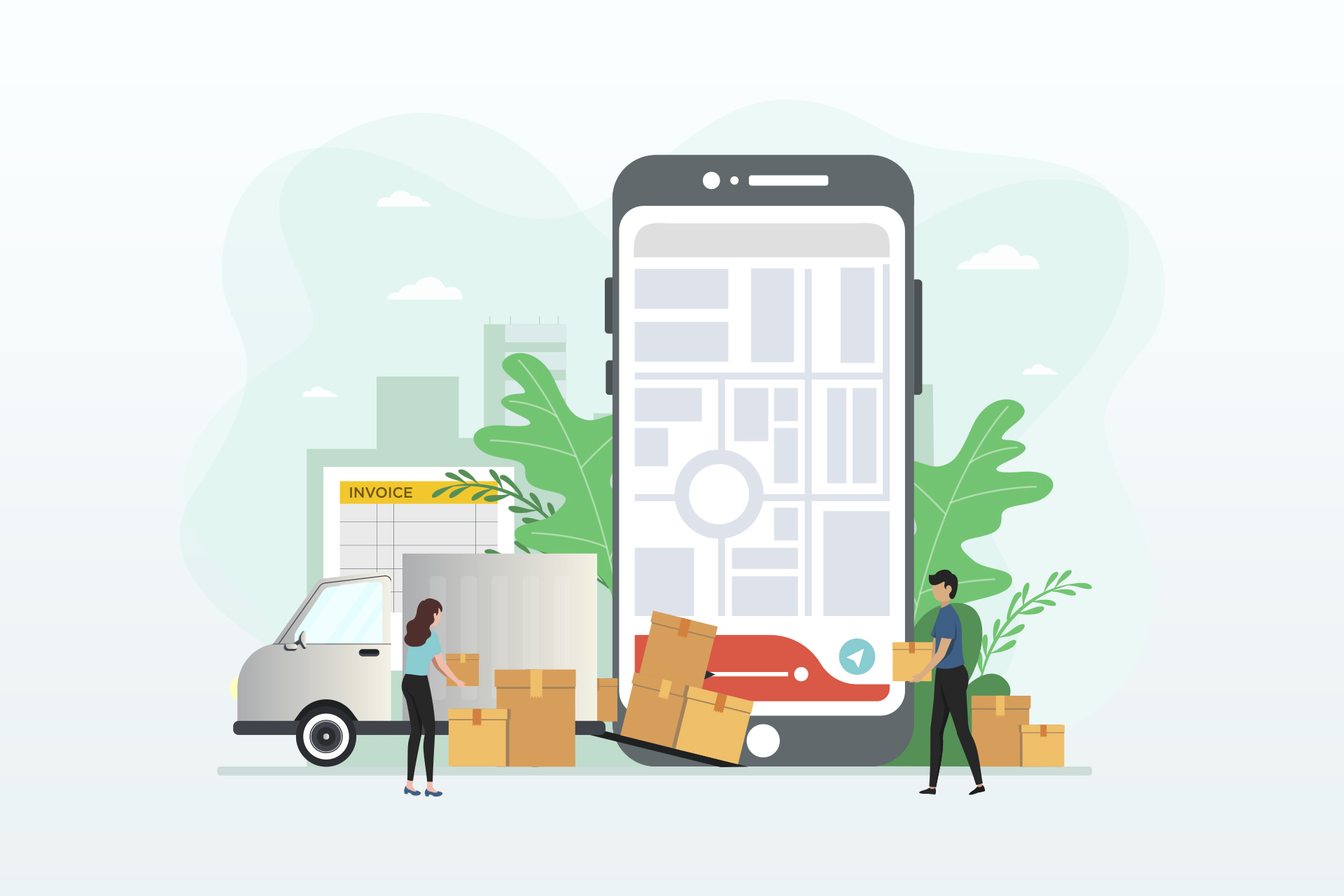
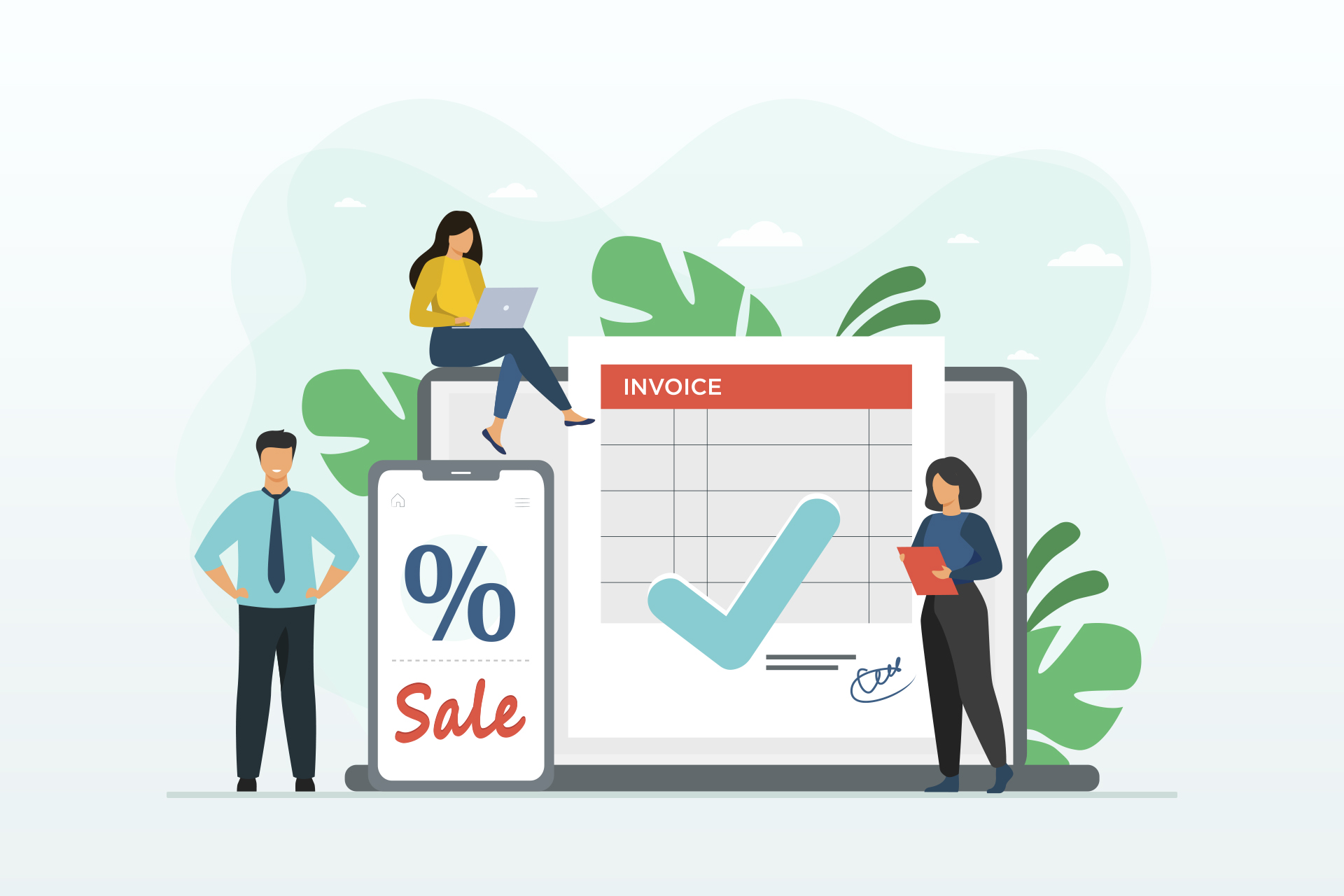
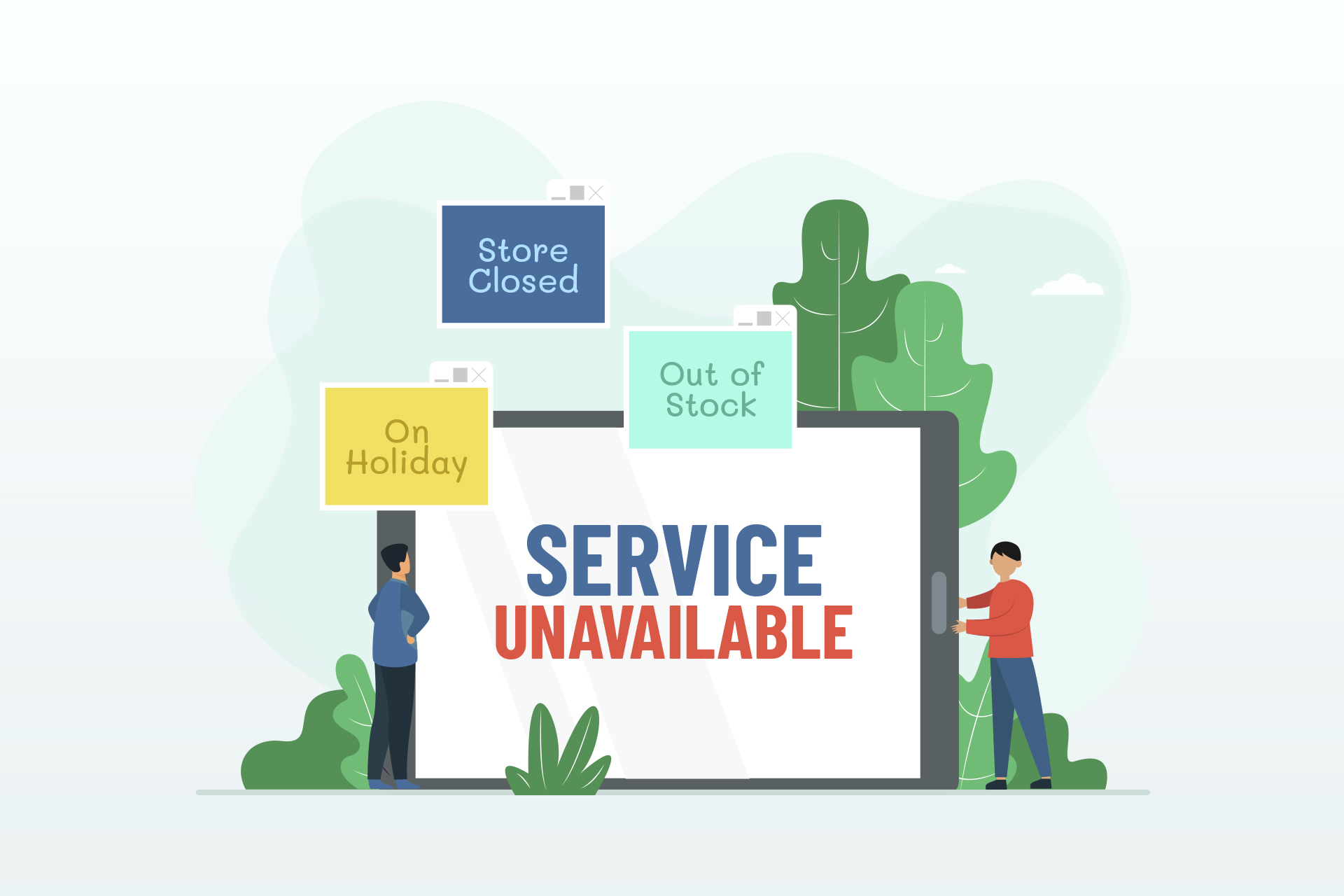
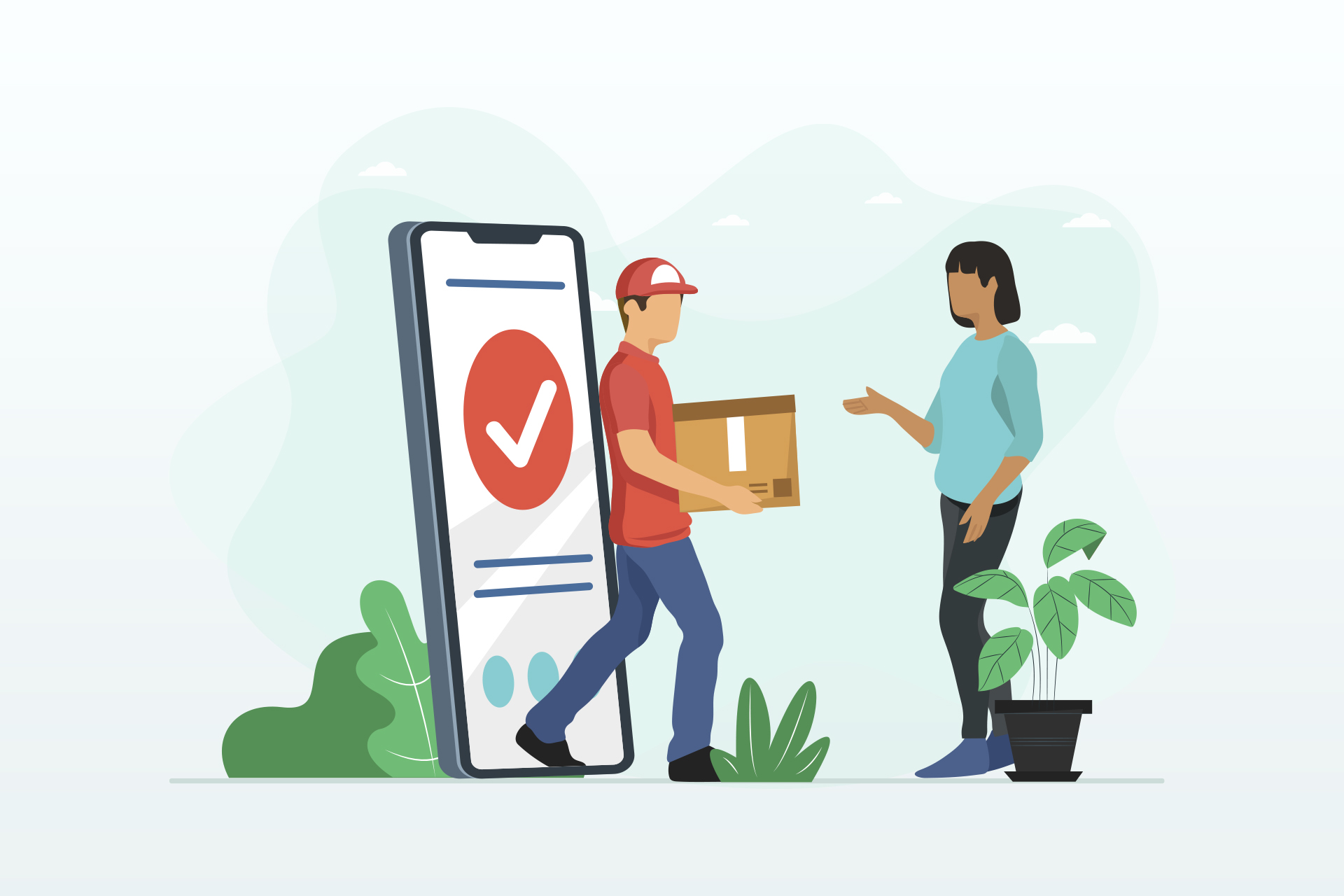
No doubt, it’s an excellent tool for marketplaces, I bought it a few days ago and I can see that communication between the marketplace’s owner, vendors and delivery boys is very important and I’ve been testing it and saw that for each product that customer buy the system generates on email to each part of this process. which means that when one customer buys 10 items in one purchase, the system sends 10 emails to the owner, vendor and delivery boy.
So I wonder if there is an option to send just one email for each purchase. I mean if someone buys 10 items, instead of to send 1 email for each item, send just one email for this purchase.
Please let me know if it is possible.
Many thanks in advance.
Ernesto Gonzales